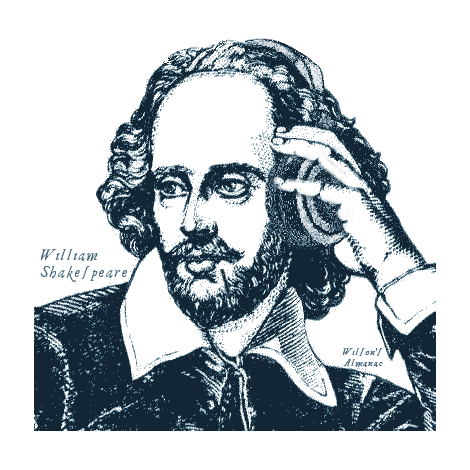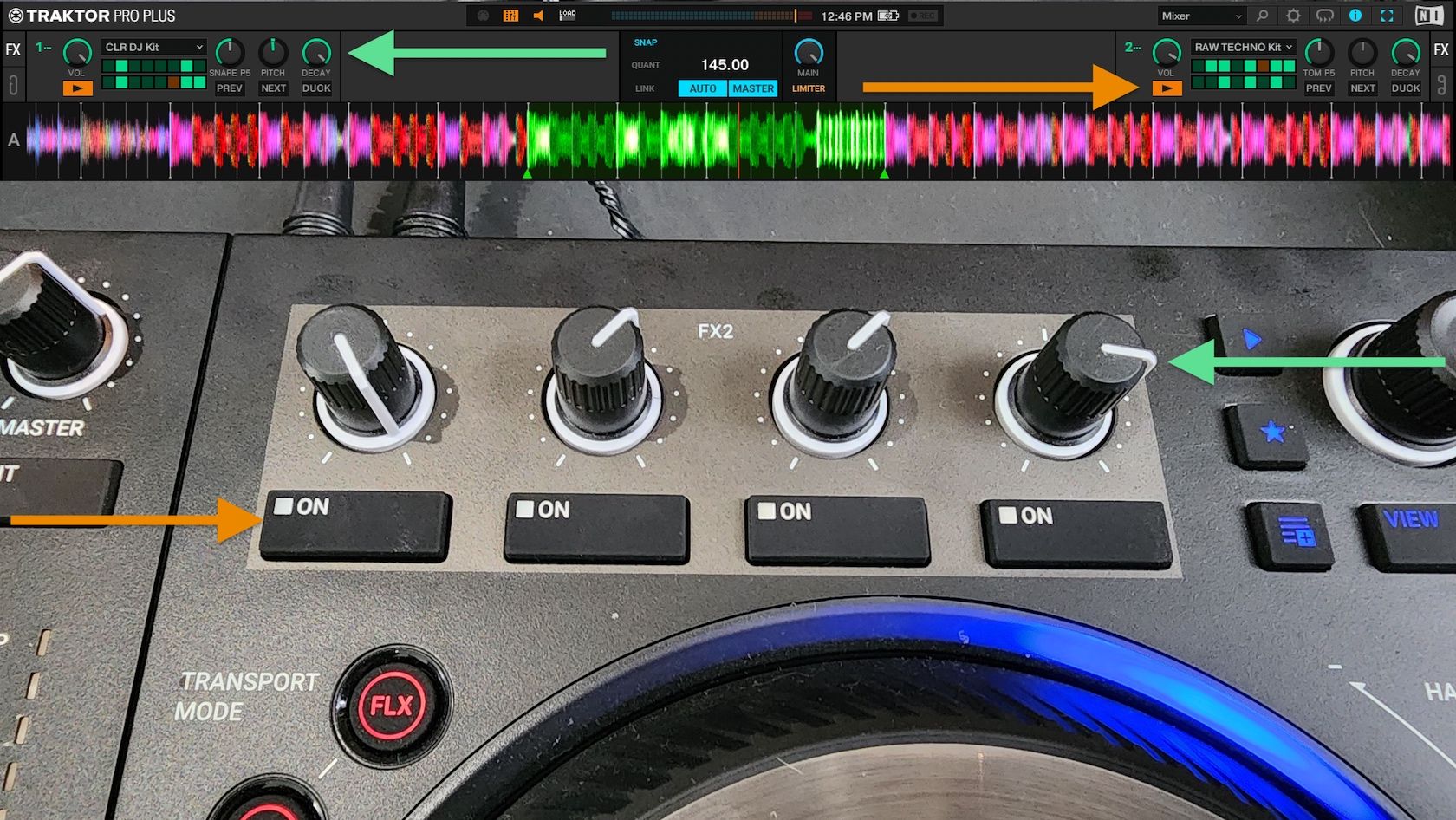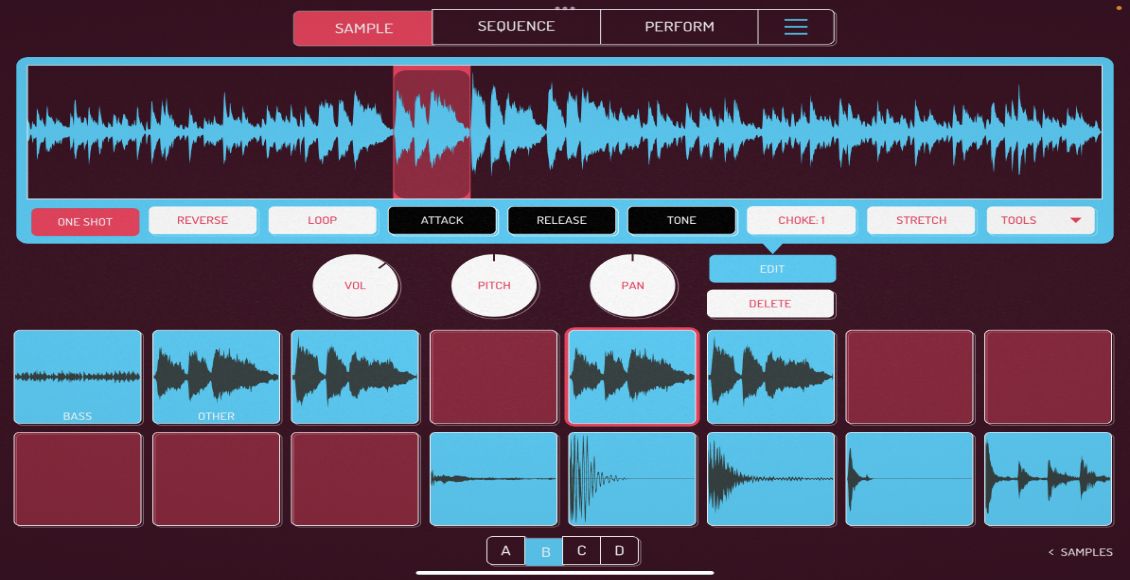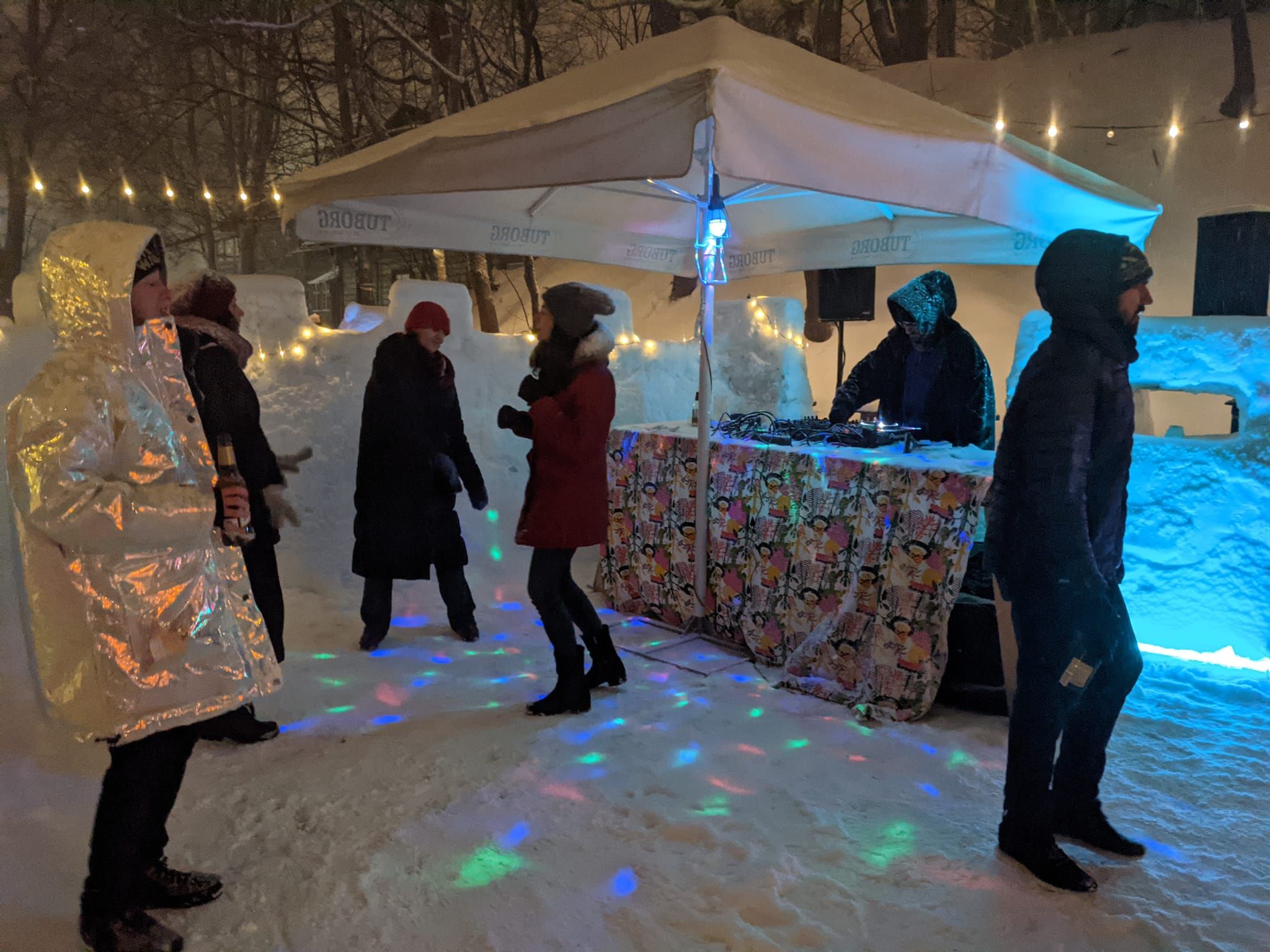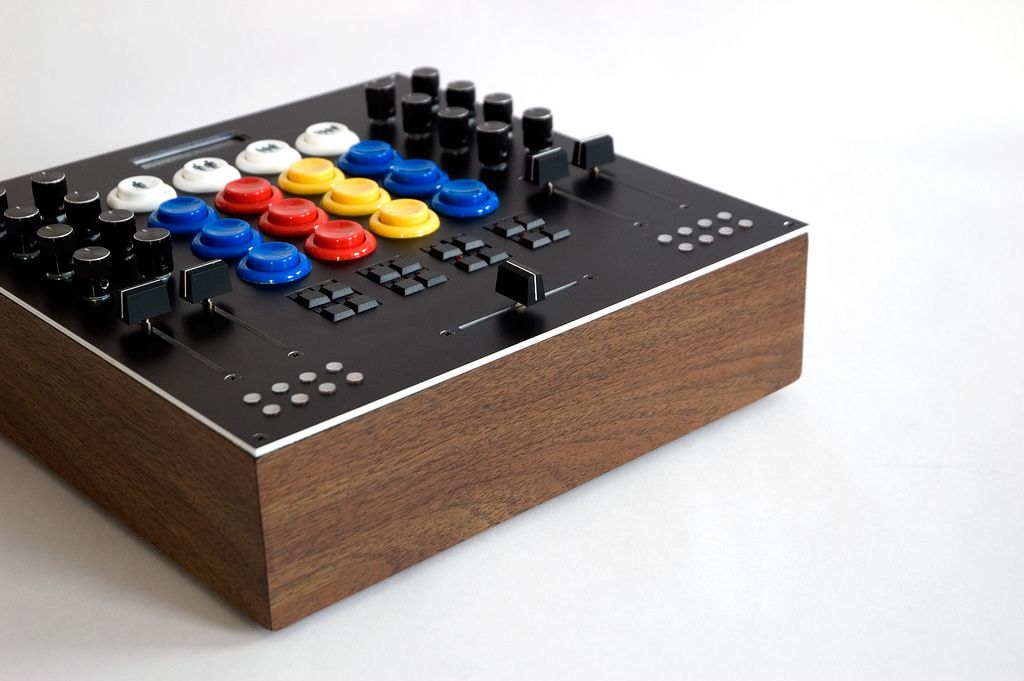One of our readers here at DJ TT mentioned that he had recently sat down with Felix the HouseCat in the studio and demonstrated the benefits of Traktor. While interested, Felix commented that many pro djs felt that the sync function was cheating. This argument has popped up several times in the past so we felt the need to address it.
To be specific, Traktor (and most other dj programs except for Serato Scratch) offer 2 types of sync: Tempo and Phase. You can either automatically match the tempos of 2 songs up or also allow the computer to attempt and keep them in phase with each other rhythmically. Lets address each of these independently and offer arguments for both sides.
Tempo SYNC
For
You can accurately and instantly match tempos up and spend more time doing other things that have much more relevance to the party. Traditionally, most of a djs time was spent matching up the speed of his records and keeping them in time. Take that component out of the picture and an old school dj not familiar with the potential of digital might feel there will be nothing left for him to do on stage. Dj Lorin put it well in this interview:
“..one of the GOALS used to be beat matching, that is now pretty irrelevant. And its sad, if your sport was showing off how wonderfully you can beat match, because that has really become obsolete. Although i can beat match as instantaneously as the next DJ, i don’t give an at’s rasss about doing it and making people watch me do it.”
Against
Taking the time to match tempos by ear forces you to get used to how the songs are working together and get more into the vibe of the mix. It also forces you to take your time and mix the songs in more slowly which is a really good thing these days with some guys throwing in new tracks every 30 seconds.
Conclusion
SYNC the tempo, unless you really don’t have anything better to do and feel your $2000 dj fee is only justified by your ability to match tempos by ear.
Phase SYNC
For
In programs like Ableton Live, with enough advance work you can always have reliably perfect mixes. No more train wrecking because the clubs monitors have been blown out by the opening act. Automatic phase matching also allows the layering of multiple tracks at once, a feat that few have mastered in the analogue domain. Finally, for those worried about their hearing, auto syncing means lower monitoring levels as accurate listening is not as essential.
Against
Phase matching in all programs besides Ableton is a truly hit or miss affair. Djs also learn to rely on the feature and may make big mistakes without realizing it. I mentioned a common scenario in the article I wrote called “MicroWave Djs”:
“Let me give you one shining example of this common pitfall. About four years ago, an acquaintance started DJing with popular DJ software that performs the arduous task of beat matching for you, albeit not always so well. This particular individual was genuinely proud of the fact that after only six months, he was being booked to play clubs all over Brazil. During one of my first tours there, he opened for me at a major nightclub, and the resulting sonic mess was sadly predictable. Even though the software was able to match up the songs 60 percent of the time, he was not able to tell that everything else was completely off. Technology had fast-tracked the learning curve, and his ears did not get the chance to become properly trained.”
The biggest problem with allowing a program to keep your songs in phase for you is that the software algorithms are just too primitive. It will require far to much processing power to come even close to the power of the human ear in discerning rhythm.
Conclusion
Cheating in djing is putting on a DAT tape during your set (as many big “analogue” djs used to do back in the day). Using phase sync is only cheating yourself out of a clean mix and the opportunity to properly train your ears.


